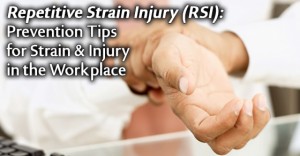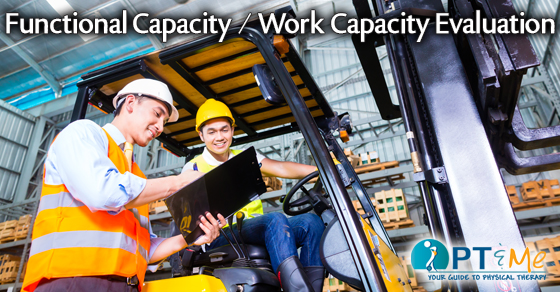
What Can Employers Do to Protect an Aging Workforce?
Employers can start by revisiting job descriptions and knowing every detail each work task entails in order to help prevent costly and unnecessary workers’ compensation claims. Meanwhile, they should continue to promote health and wellness programs for all employees. Because older workers bring many benefits, from their experience and knowledge to their motivation and good work ethic, the advantages of employing older workers will outweigh the possible worker’s compensation claims, with preparation and planning.
Companies must utilize and implement preventative safety efforts. Specifically, companies should develop slip-and-fall prevention tactics, considering that slips and falls account for 33 percent of all injuries sustained by workers 65 and older, according to the National Safety Council. Safety training should consist of more than just scripted lectures, distributed
pamphlets and orientation videos. Employees should be taken through the physical movements and tasks that are specific to their job description–a hands-on learning experience. Because younger workers account for the majority of accidents while older workers have longer recovery periods, safety training benefi ts all employees and the employer. Bring in external experts such as physical therapists from the community to teach proper techniques and protocols.
- Modification of work environment
- Ergonomics and wellness programs
- Industrial Athlete approach to exercise
- Return to work accommodations

AGING WORKFORCE SERVICES:
Education:
A full battery of educational programs are available for both the professional staff of an employer to that of the general employee population such as slip and fall or back injury prevention.
Preventative Maintenance Testing:
A brief test – approx. 15 minutes that looks at the essential and critical factors of the job – usually body part specific and set up as a repeated test – every three to four months on a high risk job position – looking for trends or patterns of degradation of range of motion or strength of employees.
Fitness Programs for the Industrial Athlete:
Detailed stretching programs are customized per high risk job based upon historical injury determinations. The program is set up for employee participation prior to work, returning from lunch and at the end of the workday.
Physical Ability Maintenance:
A custom built strengthening program designed to maintain the physical abilities necessary to perform everyday work.
For more information about staying healthy and injury free in the workplace – try the links below:
Adapted from Fit2wrk Article 1.10 For more information on Fit2wrk click here.





